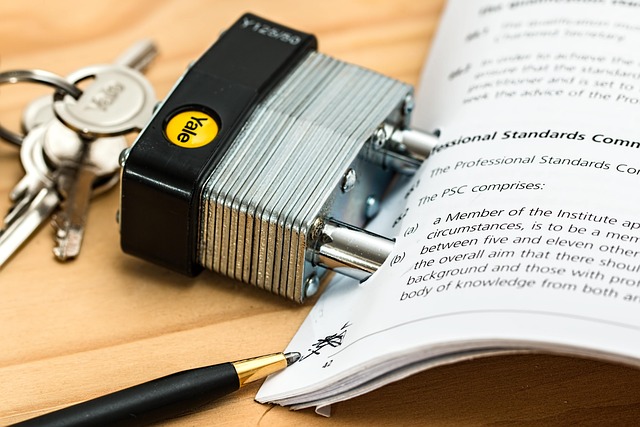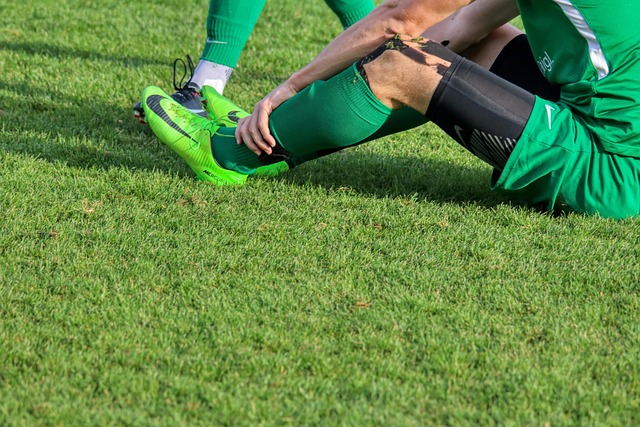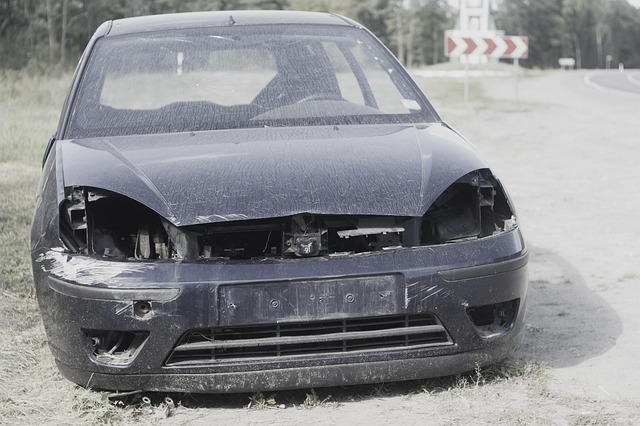A successful product liability claim requires proof of a defective product that deviates from industry standards and causes harm, as well as establishing the defendant's duty of care and breach. Specialized legal professionals are crucial for navigating these complexities, ensuring plaintiffs receive compensation for medical bills, lost wages, and pain and suffering. In car accident cases, lawyers examine vehicle safety features and maintenance records to strengthen the claim.
A product liability claim is a crucial legal avenue for consumers harmed by defective goods. This comprehensive guide delves into the intricacies of product liability law, equipping readers with a thorough understanding of their rights. We explore the essential elements that constitute a valid claim, including defect identification and causation. By examining common types of product defects, this article provides valuable insights into potential implications and strategies for navigating complex legal landscapes surrounding product safety and accountability.
- Understanding Product Liability Law
- Elements of a Successful Product Liability Claim
- Common Types of Product Defects and Their Implications
Understanding Product Liability Law
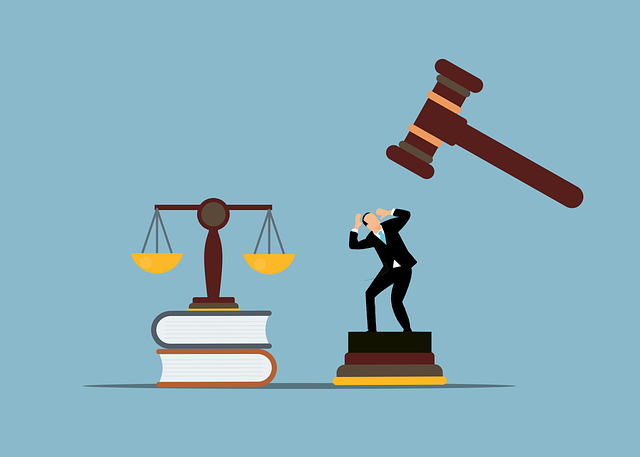
Product liability law holds manufacturers, distributors, and sellers accountable for any harm caused by their products. When a consumer is injured due to a defective product, they may have grounds to file a valid product liability claim. This legal framework ensures that companies take responsibility for the safety of their products before they reach consumers’ hands. Such claims can be complex, as they often require proving that a defect in the product was the direct cause of an injury or harm.
Understanding this area of law is crucial for anyone considering a product liability claim. In cases of slip and fall injuries, for instance, it’s essential to determine if the incident was caused by a defective product rather than simply negligence or external factors. An accident attorney can guide individuals through these intricacies, helping them understand their rights and options when pursuing compensation for injuries resulting from defective goods, which may include scenarios involving wrongful death.
Elements of a Successful Product Liability Claim
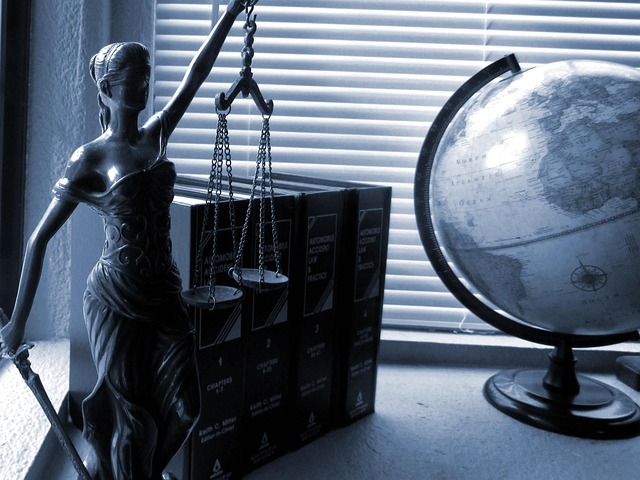
A successful product liability claim hinges on several key elements. First and foremost, there must be a defect in the product that deviates from its intended design or quality standards. This defect must be the proximate cause of the harm or injury suffered by the plaintiff. Establishing these two elements requires a thorough understanding of the product’s functionality and industry standards.
Additionally, it is crucial to demonstrate that the defendant, whether manufacturer or seller, owed a duty of care to the plaintiff and breached this duty through their negligence in designing, manufacturing, or distributing the defective product. A personal injury lawyer specializing in product liability cases can play a pivotal role in navigating these complexities, ensuring the client’s recovery for medical expenses, lost wages, and pain and suffering. In cases involving car accidents, for instance, a car accident lawyer will scrutinize vehicle safety features and maintenance records to strengthen the claim.
Common Types of Product Defects and Their Implications
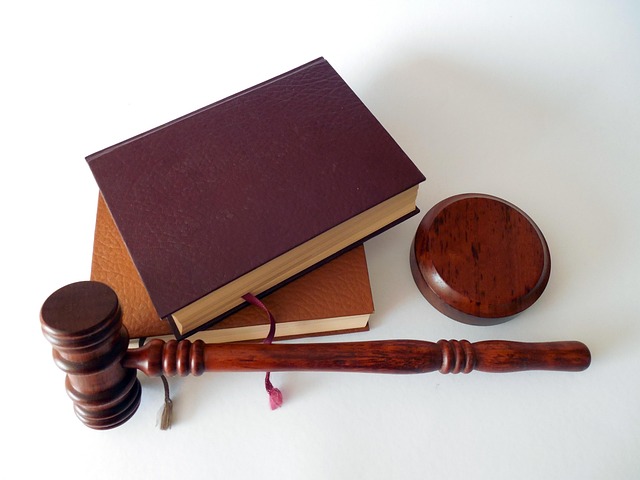
Product liability claims often revolve around identifying and proving defects in products that lead to harm or injuries. Common types of product defects include design flaws, manufacturing errors, and labeling inaccuracies. Design flaws occur when a product’s design is inherently unsafe or faulty, leading to unforeseen hazards during its intended use. Manufacturing errors, on the other hand, involve deviations from the intended design specifications, resulting in substandard products that can pose risks to consumers. Labeling inaccuracies refer to misleading or incomplete information on a product’s packaging or instructions, which may cause users to misuse or misunderstand the item, leading to accidents.
These defects can have significant implications for both consumers and businesses. In cases of accident compensation, individuals who suffer injuries due to defective products may be entitled to seek legal redress and recover damages. Product liability claims aim to hold manufacturers, distributors, and sellers accountable for these defects, ensuring client recovery for medical expenses, lost wages, pain and suffering, and other related costs. Moreover, insurance disputes often arise when policyholders seek compensation for product-related losses, highlighting the complex interplay between product quality, legal responsibilities, and financial settlements.
A valid product liability claim requires understanding both the law and demonstrating key elements, such as a defective product, harm to the plaintiff, and a causal connection. By identifying common defect types and their implications, consumers can better navigate their rights in cases of product failures. Armed with this knowledge, individuals can assert their claims effectively, ensuring they receive fair compensation for any resulting damages.
